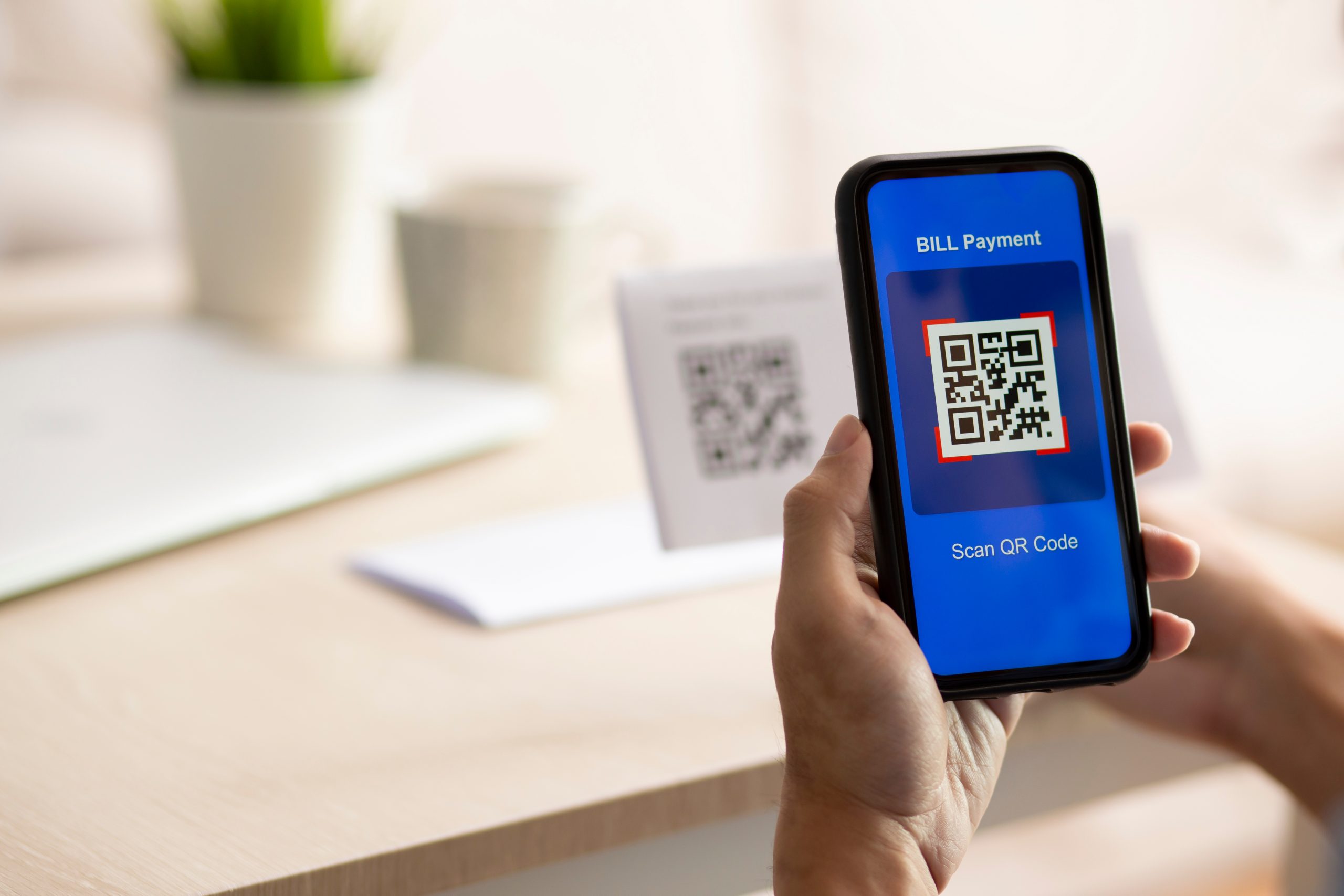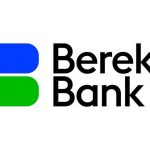Why QR codes are more relevant than ever
“Everything new is well-forgotten old.” That old saying is exactly the case with QR codes, which have been used in the tech industries since the 1990s, but have remained in the shadows for decades, silently waiting for their potential to be realized. Now, it’s quite difficult to imagine a world without QR codes. Having gained popularity in many industries, in particular the payment and marketing sectors, QR codes have become one of the most common non-cash payment methods.
INSTEAD OF A THOUSAND WORDS…
From the early ‘90s to the present, QR codes have been successfully used across industries. But even with the advent of smartphones and scanning applications, QR codes were seen by most as little more than a marketing gimmick. Few people assumed that QR tech would one day become widespread in payments.
When iOS and Android developed the built-in QR code scanning function via the phone’s camera, consumers became more interested in the technology. In addition to appearing on posters and other advertising products, QR codes started to be placed on a variety of commerce-related locations, like restaurant tables, register receipts and event tickets.
FROM EAST TO WEST
In many Asian countries, the implementation of smartphones has significantly outpaced the adoption of credit cards, which has led to a very high demand for mobile payments. The QR code as a payment method was first evaluated in China in the popular WeChat messenger. Commencing in 2020 during the Covid-19 pandemic, QR codes made a giant leap in popularity and began to be accepted in the payment sector all over the world.
Like a universal offroader capable of conquering routes of any complexity, QR codes can be implemented where there is no prepared infrastructure for other payment methods. They adeptly connect different-grade applications on the side of payment participants.
With most people familiar with the ubiquitous presence and function of QR codes, banks and other financial organizations are striving to support such functionality in their products. QR codes also motivate entrepreneurs because of their ability to connect to payment processing quickly, and their elimination of the need for payment terminals.
VARIETY
Static QR codes are used to leave a tip at a restaurant, or to participate in fundraising events, for example. Once generated, QR codes are reusable. After scanning a code through a banking application, the user enters a payment amount and confirms the payment.
Dynamic QR codes are more secure and convenient. They already include payment amounts and are generated for every new purchase. Modern POS terminals automatically generate QR codes and buyers can choose a priority payment method. Some stores have even started to abandon the use of POS terminals in favor of dynamic QR codes.
In some situations, it is more convenient for the buyer to generate the payment code linked to their credit card by themselves. This option is also possible if the QR code scanning function is built into the user’s banking application.
QR codes are widely used in e-commerce — not only as a payment tool, but as a reliable way of identification when a customer picks up an order. Payment with a QR code in an online store is more secure. The card data does not appear anywhere and there is no need to fill it out anywhere on the website. Everything happens on the client’s device.
QR codes have stepped forward as part of advertising campaigns. Working off of QR technology, AR codes were created. Without requiring any additional applications on a smartphone, AR codes show a 3D animated image to the user upon scanning. Any seller can generate such code for his product and attract new customers with the help of interactive product images.
SOLAR Payment Hub will offer users modern payment methods. The product works as a single orchestrator of all payment types, offering rich functionality for performing transactions and adapting potential scenarios to the business needs. Even further, SOLAR Mobile will facilitate your business’s digital strategy, wowing users with convenient banking applications. All the facilities of your information systems will be available in a smartphone or web browser.


